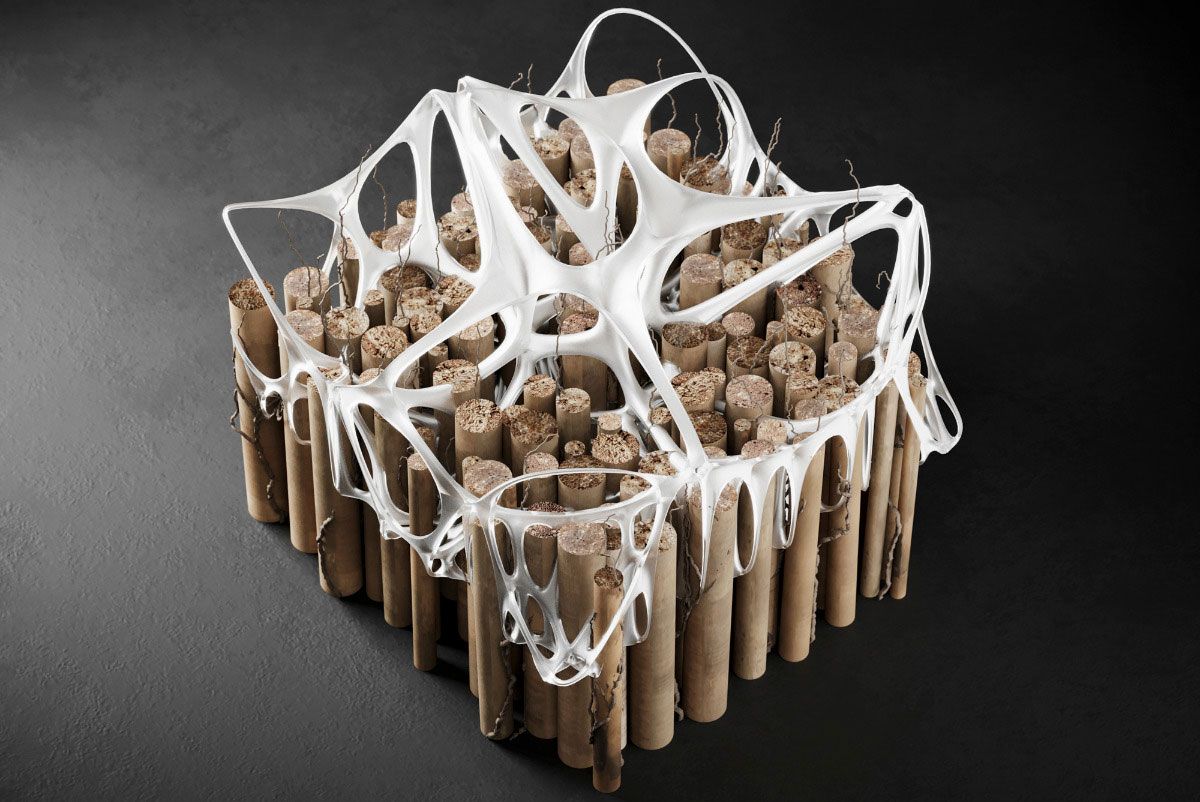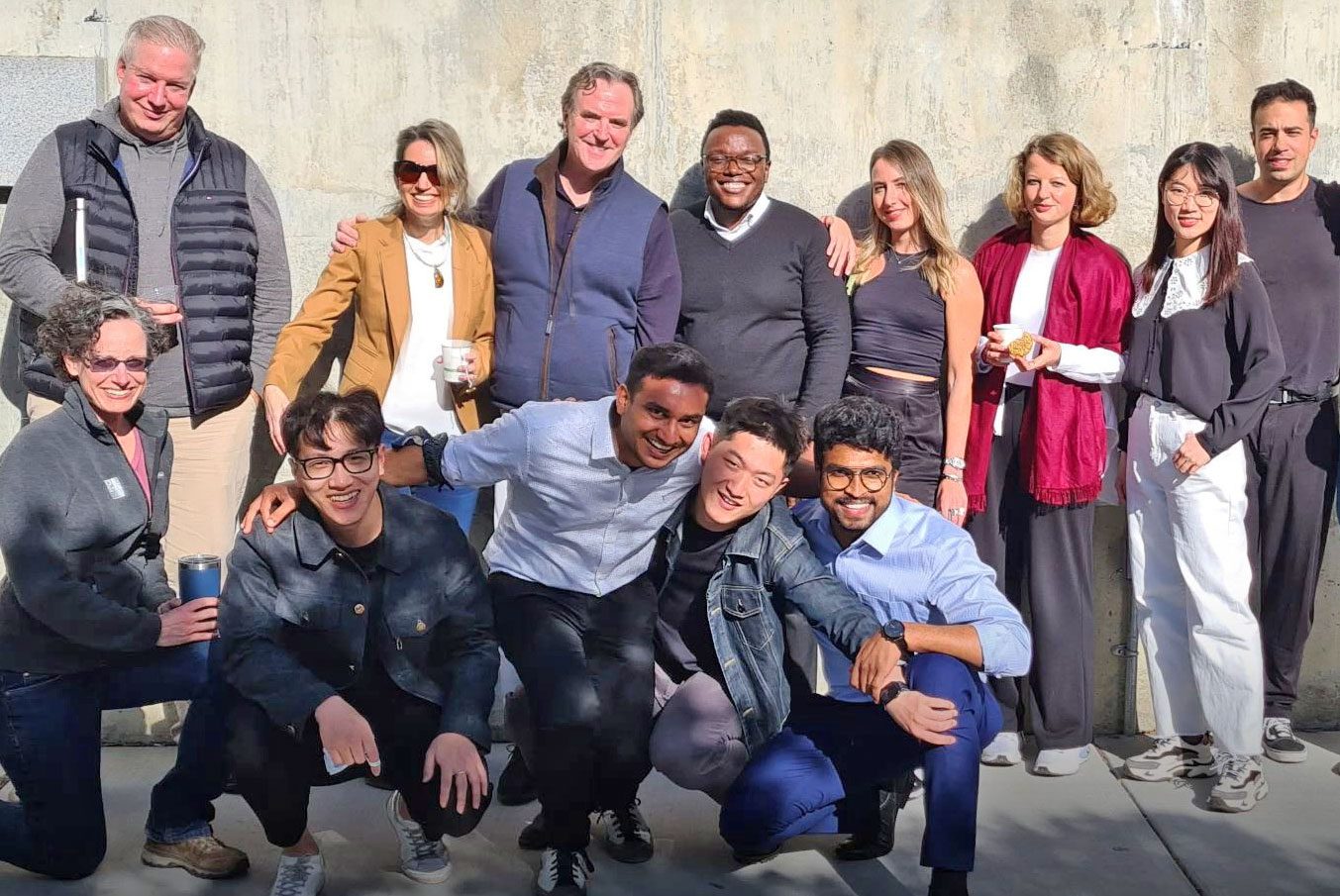HOK’s Paul Woolford and Claire Moore advised the University of California, Berkeley team in their research into tule, a grass-like plant native to California. Two of the students—Anastasis Dimokas and Sourabh Maheshwary—now work alongside Woolford and Moore in HOK’s San Francisco office.
Tule is a large bulrush common to the marshes of California. For thousands of years, Indigenous peoples used the reedy plant to build boats, baskets, housing and other tools.
More recently, students in UC Berkeley’s Master of Advanced Architectural Design (MAAD) program examined anew the possibilities of tule—researching its structural makeup and experimenting with how the plant could be used as a sustainable building material. That research has now earned the team design awards from Detail Magazine and AIA East Bay.
Throughout the 2021-2022 academic year HOK’s Paul Woolford, design principal, and Claire Moore, engineering practice leader, met with the students and professor Maria Paz Gutierrez to offer feedback and assistance.
“Paul and Claire’s insights were extremely valuable,” said Anastasis Dimokas, a member of the student team. “Paul helped us apply the principles of design thinking to our research while Claire shared her knowledge of structure to help us understand how we might use tule to build. What I appreciated most was how they encouraged us to experiment.”
In addition to building a prototype structure out of tule, the students explored the plant’s ability to filter toxins (such as wildfire smoke), techniques to make it easier to grow and harvest for construction, and ways robotics could be used to bundle the plant into a building material.
“I was really impressed with the way the team challenged themselves to think broadly,” said Moore. “They didn’t just focus on building a single artifact. They explored the evolution of the material and how we can think differently about buildings, materials and the life cycle of what we build.”
“The MAAD studio with Cal was a wonderful experience—ripe with invention, full of imagination and a glorious partnership between the academy and profession,” added Woolford.
In May, Dimokas and classmate Sourabh Maheshwary earned their master’s in architecture from UC Berkeley. Now they’re continuing to collaborate with Woolford and Moore as new members of HOK’s San Francisco studio.
And while it’s unlikely that modern buildings will be made of tule in the immediate future, the MAAD workshop definitely planted a seed, says Maheshwary.
“We’ve lost touch with so many of our early building techniques and materials. So, it’s interesting to think how we might use something like tule, which has been largely forgotten about, and apply new technologies and approaches that could make it a practical and sustainable solution for today.”
Images courtesy of UC Berkeley.


